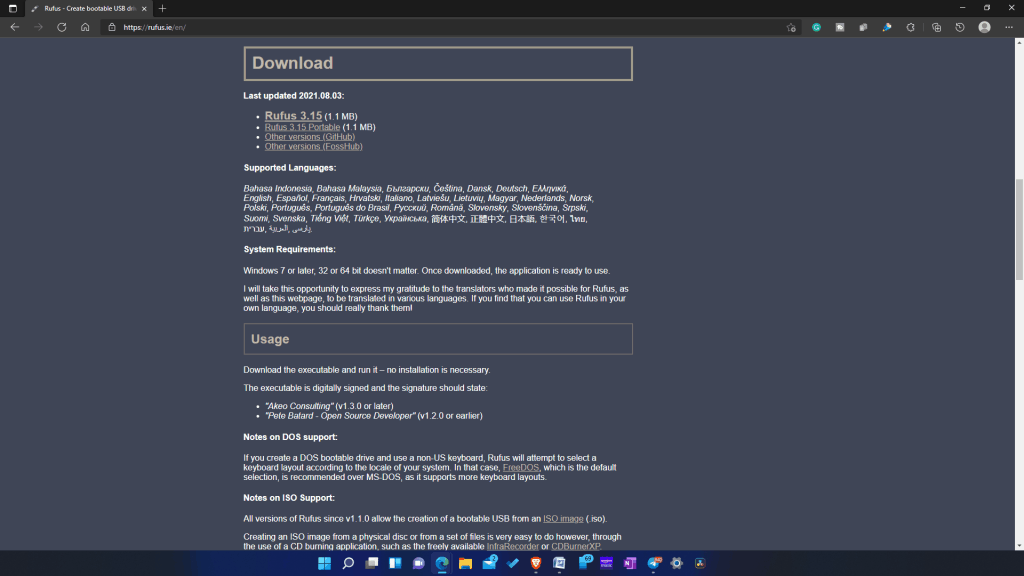

It won’t be wrong to say that AIMP looks different from a typical Windows tool. Though it looks cluttered at first glance, you’d be used to the details within a few hours. While most media players look the same, AIMP features a unique interface. The program’s DSP Manager comes with an 18-band graphic equalizer, which supports a wide range of sound effects during playback. AIMP provides you with more control over music files, themes, and hotkeys. It serves as a comprehensive audio organiser, making it easier to create playlists and change MP3 tags. Unlike GOM Audio and KMPlayer, AIMP isn’t just an audio player. A lightweight tool, it is free to use, and comes as a compressed file that doesn’t affect system performance.


AIMP can also be customised with Winamp add-ons. Moreover, you can use the program to convert files from one format to another. AIMP supports 32-bit digital audio and 20+ file formats. Once you discover the program’s advanced features, it evolves into an essential software to enjoy your favourite music. It provides you with a wide range of tools to manage, organise, and play audio on your Windows PC. Its compatibility list is extensive, including more than 40 ISOs that work perfectly with the application, including those for Windows XP, Windows 7, Debian, Fedora, and Raspbian, among many others.AIMP is a popular media player as well as an audio organiser. Rufus is a really useful application for creating bootable drives or operating system installers. With the Windows 7 startup disk, for example, it's twice as fast as the official tool. According to some of the latest tests and comparisons, Rufus is faster than other similar applications. Even better, this application is lightning fast. To use the program, just double-click on its executable and, in a matter of seconds, you can choose the type of unit or image you want to mount. One of the strengths of Rufus is that it doesn't require any installation. The only things you need to carry out any of these operations, of course, are the images of the operating systems themselves, which you can download from their respective websites. You can even create Windows installations from the ISO image. Thanks to this, it's possible to install Linux distributions or images to use on devices such as a Raspberry Pi. You can create partition types such as Syslinux, ReactOS, Grub, UEFI: NTFS, or the aforementioned FreeDOS. Its versatility lets you format a new drive, as well as install Linux, Windows, and even FreeDOS disk images, which, in fact, comes built into the application itself. Rufus is a tool for Windows that lets you create boot devices from external storage units, like USB flash drives and SD cards.


 0 kommentar(er)
0 kommentar(er)
